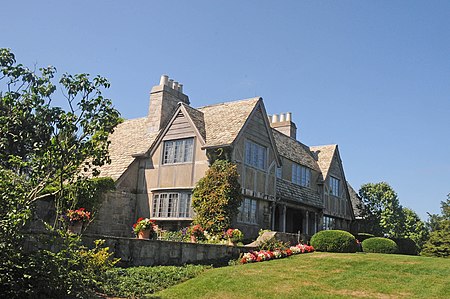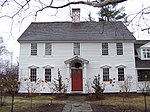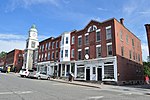Topsmead State Forest
1972 establishments in ConnecticutColonial Revival architecture in ConnecticutConnecticut state forestsHistoric house museums in ConnecticutHouses completed in 1924 ... and 8 more
Houses in Litchfield County, ConnecticutHouses on the National Register of Historic Places in ConnecticutLitchfield, ConnecticutMuseums in Litchfield County, ConnecticutNational Register of Historic Places in Litchfield County, ConnecticutParks in Litchfield County, ConnecticutProtected areas established in 1972Tudor Revival architecture in the United States

Topsmead State Forest is a Connecticut state forest located in the town of Litchfield. It was formerly the summer residence of Edith Morton Chase, daughter of Henry Sabin Chase, first president of the Chase Brass and Copper Company. She left the house and its grounds to the state of Connecticut on her death in 1972. The estate house, built in 1929 to a design by RIchard Henry Dana, is a fine example of a Tudor Revival country estate house, and is listed on the National Register of Historic Places.
Excerpt from the Wikipedia article Topsmead State Forest (License: CC BY-SA 3.0, Authors, Images).Topsmead State Forest
Chase Road,
Geographical coordinates (GPS) Address External links Nearby Places Show on map
Geographical coordinates (GPS)
| Latitude | Longitude |
|---|---|
| N 41.746944444444 ° | E -73.16 ° |
Address
Topsmead State Forest
Chase Road
07659
Connecticut, United States
Open on Google Maps






